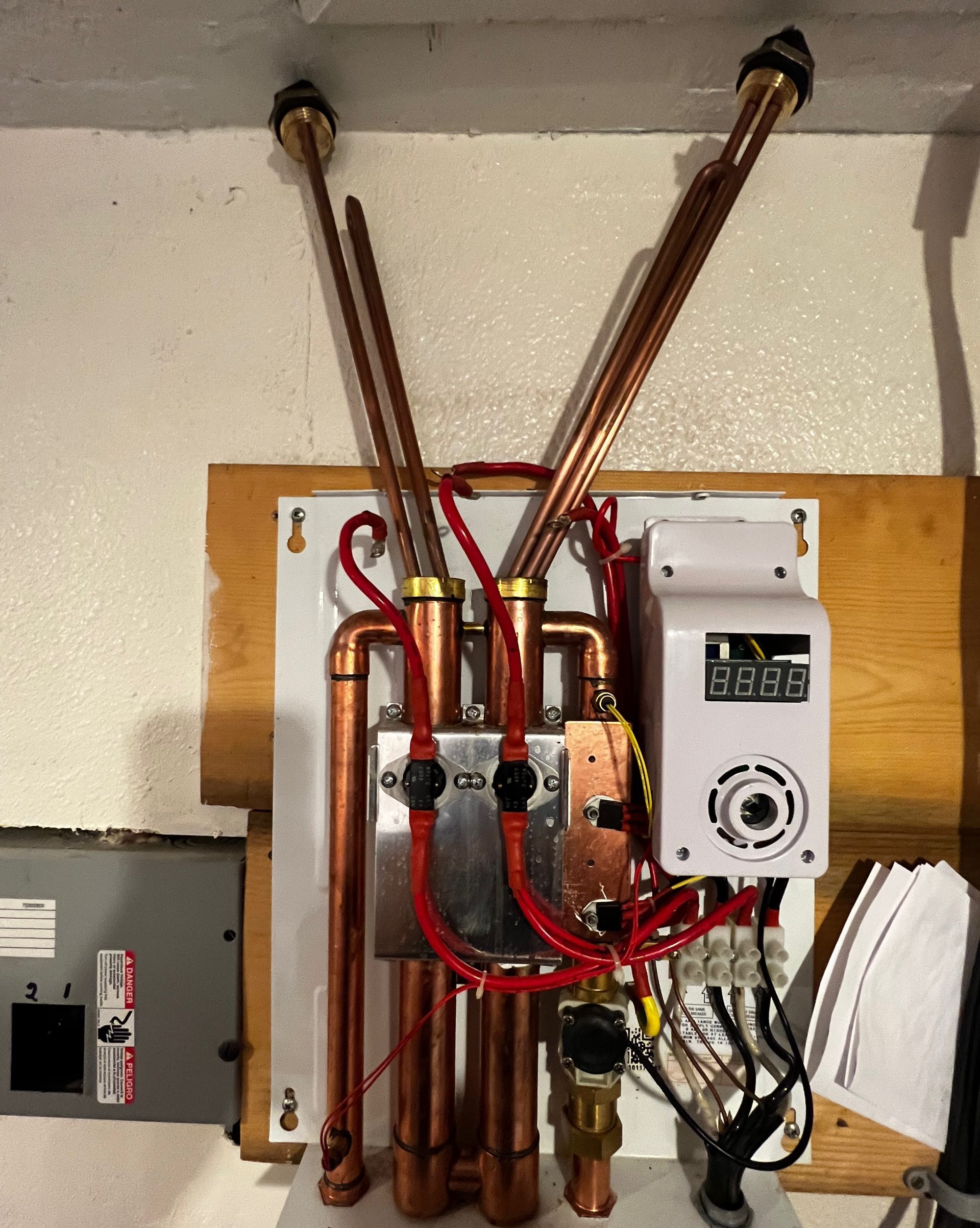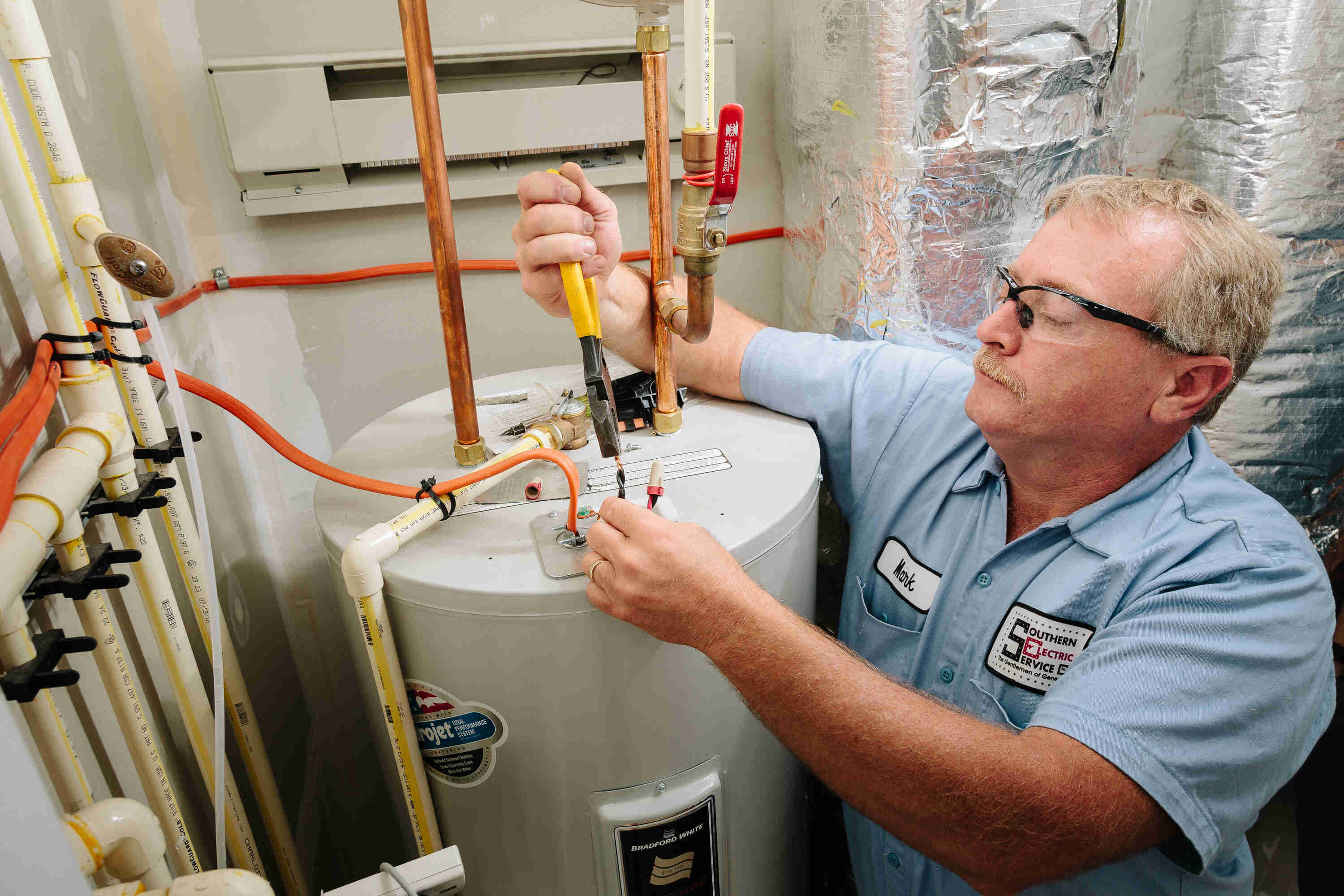How do you feel about How to Maintain Your Water Heater & Prolong its Life?

Warm water is vital for day-to-day convenience, whether it's for a revitalizing shower or cleaning recipes. To guarantee your warm water system runs successfully and lasts much longer, routine maintenance is key. This write-up supplies functional ideas and insights on just how to preserve your home's warm water system to avoid interruptions and pricey repairs.
Intro
Preserving your home's hot water system might appear complicated, yet with a couple of easy steps, you can guarantee it operates efficiently for several years ahead. This overview covers whatever from recognizing your hot water system to do it yourself upkeep pointers and recognizing when to contact expert aid.
Importance of Preserving Your Hot Water System
Normal maintenance not only prolongs the lifespan of your warm water system however additionally guarantees it runs successfully. Overlooking maintenance can bring about reduced efficiency, greater power expenses, and also premature failing of the system.
Signs Your Warm Water System Needs Upkeep
Knowing when your warm water system requires interest can protect against major problems. Keep an eye out for signs such as irregular water temperature, strange noises from the heating system, or rusty water.
Recognizing Your Hot Water System
Before diving right into maintenance tasks, it's handy to comprehend the standard components of your hot water system. Commonly, this consists of the hot water heater itself, pipelines, anode rods, and temperature controls.
Month-to-month Upkeep Tasks
Regular regular monthly checks can aid catch minor concerns prior to they escalate.
Purging the Hot Water Heater
Flushing your water heater gets rid of debris buildup, boosting efficiency and extending its life.
Monitoring and Changing Anode Rods
Anode poles prevent rust inside the storage tank. Checking and changing them when worn is vital.
Checking and Readjusting Temperature Level Setups
Changing the temperature setups makes sure ideal performance and safety.
DIY Tips for Maintenance
You can perform several upkeep jobs on your own to maintain your warm water system in top condition.
Looking for Leakages
Regularly check pipelines and links for leakages, as these can lead to water damage and higher bills.
Evaluating Pressure Relief Valves
Evaluating the pressure relief valve guarantees it works appropriately and protects against too much pressure buildup.
Protecting Pipelines
Shielding warm water pipes reduces warmth loss and can conserve energy.
When to Call a Professional
While DIY maintenance is helpful, some problems need expert experience.
Facility Problems Needing Expert Help
Instances include significant leakages, electric issues, or if your water heater is consistently underperforming.
Regular Specialist Upkeep Benefits
Specialist maintenance can consist of thorough examinations, tune-ups, and ensuring conformity with safety and security requirements.
Conclusion
Routine upkeep of your home's hot water system is crucial for efficiency, durability, and cost savings. By following these suggestions and recognizing when to seek specialist aid, you can make sure a dependable supply of hot water without unexpected interruptions.
How to Maintain an Instant Hot Water Heater
Before tinkering with your hot water heater, make sure that it’s not powered on. You also have to turn off the main circuit breaker and shut off the main gas line to prevent accidents. Also turn off the water valves connected to your unit to prevent water from flowing into and out of the appliance. 2. When you’re done, you have to detach the purge valves’ caps. These look like the letter “T” and are situated on either side of the water valves. Doing so will release any pressure that has accumulated inside the valves while at the same time avoid hot water from shooting out and burning your skin. 3. When the purge valves’ caps are removed, you have to connect your hosing lines to the valves. Your unit should have come with three hoses but if it didn’t, you can purchase these things from any hardware or home repair shops. You can also get them from retail stores that sell water heating systems. Read the user’s manual and follow it to complete this task properly. When the hosing lines are connected, open the purge port’s valves. 4. You should never use harsh chemical cleaners or solutions when cleaning your unit. Make use of white vinegar instead. It should be undiluted and you’ll probably use about 2 gallons. 5. Now flush your water heater. This task should probably take about 40 minutes. We can’t give you specific directions for this because the procedure is carried out depending on the type, model and brand of your heater. With that being said, refer to the user’s manual. 6. When you’re done draining the unit, you have to turn off the purge port valves again. Remove the hosing lines that you earlier installed on each of the water valves. Put the valve caps (purge port) back in their respective places and be very careful so as not to damage the rubber discs that are found inside these caps. 7. Now that everything’s back in place, check your user’s manual again to find out how to reactivate your water heating system. 8. Once it is working, turn one of your hot water faucets on just to let air pass through the heater’s water supply pipes. Leave the tap on until water flows smoothly out of it. https://www.orrplumbing.com/blog/2014/september/how-to-maintain-an-instant-hot-water-heater/

I stumbled upon that article about How to Maintain a Hot Water Heater in a Few Simple Steps while browsing on the internet. Are you aware of another person who is interested by the topic? Why not promote it. Thanks a lot for your time. Revisit us soon.
Call Today